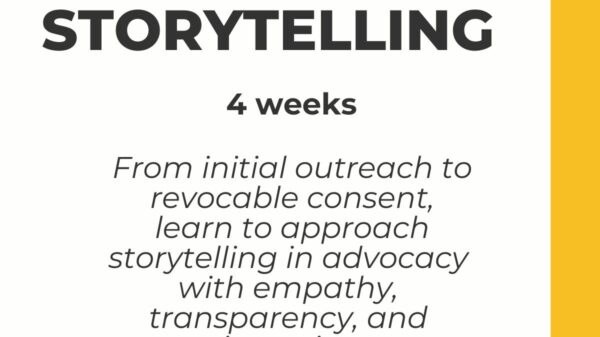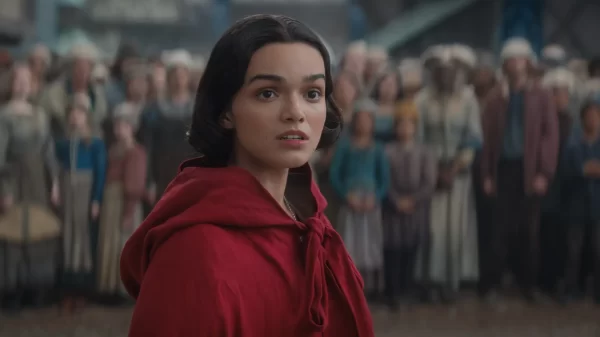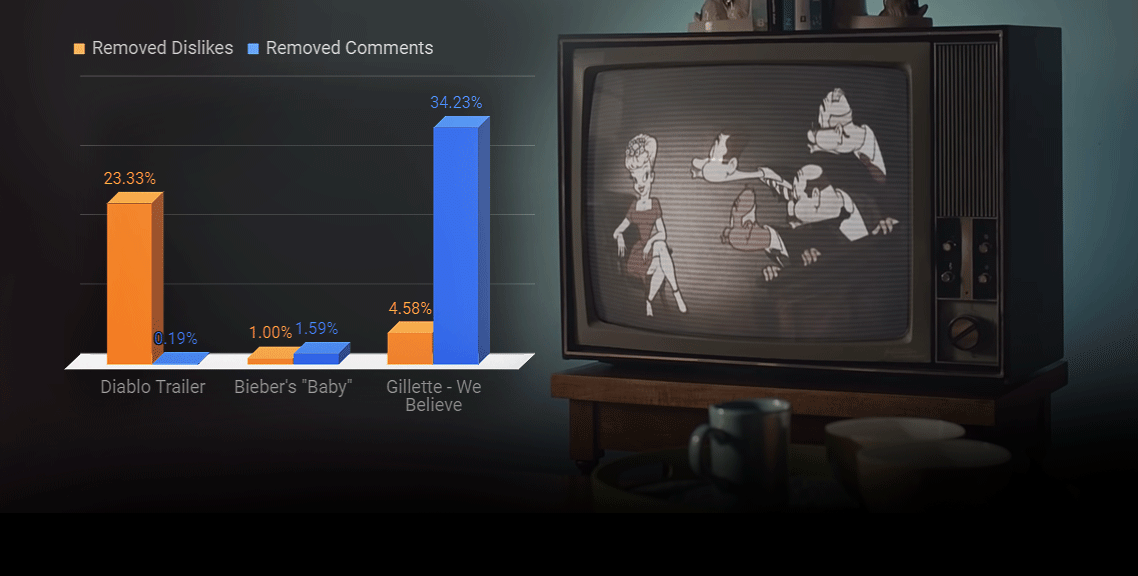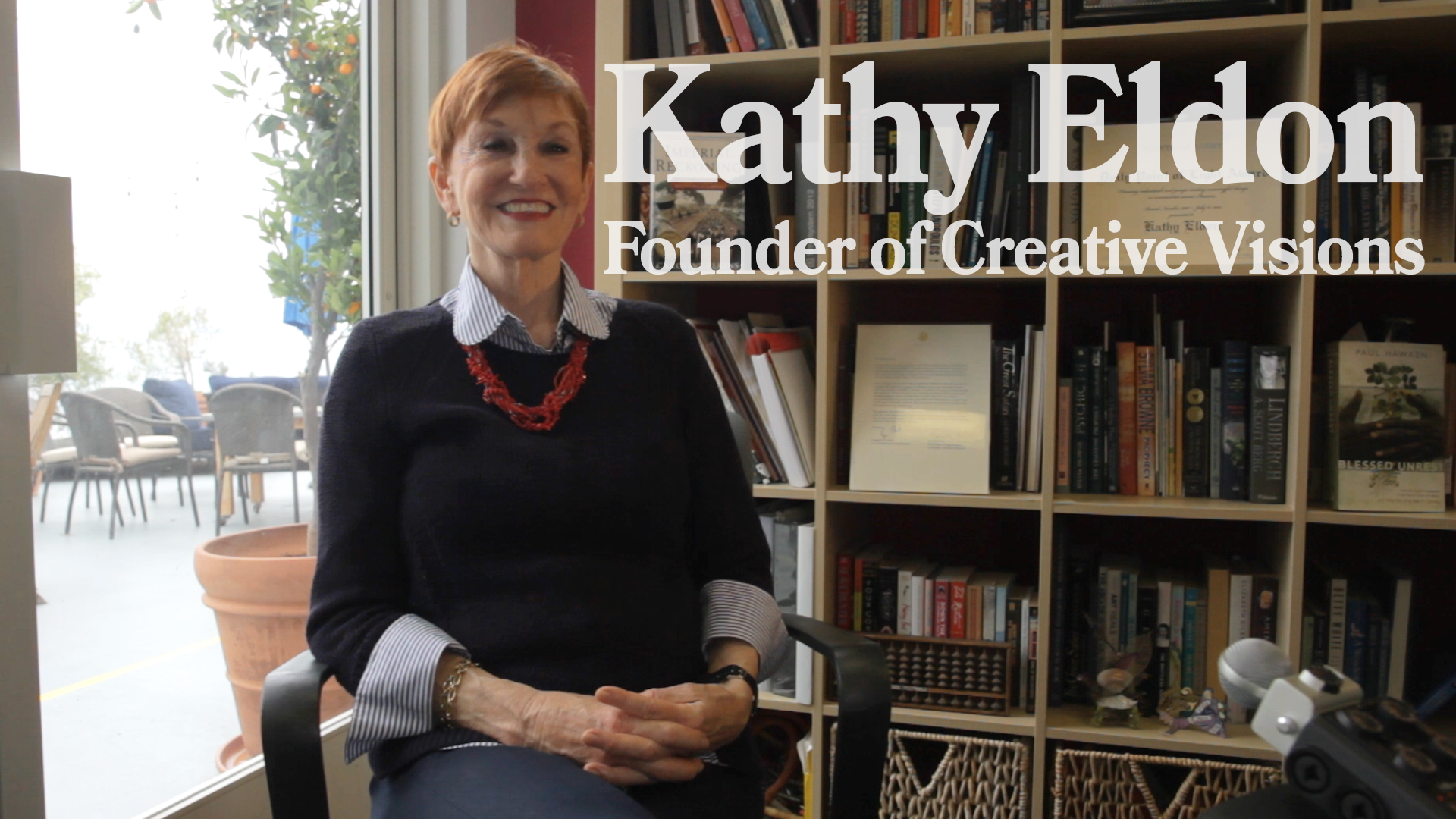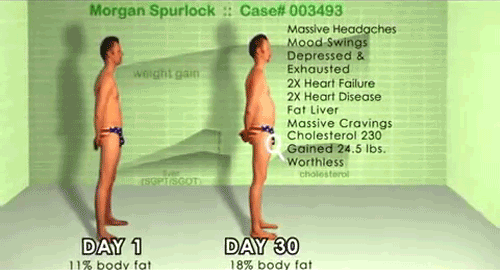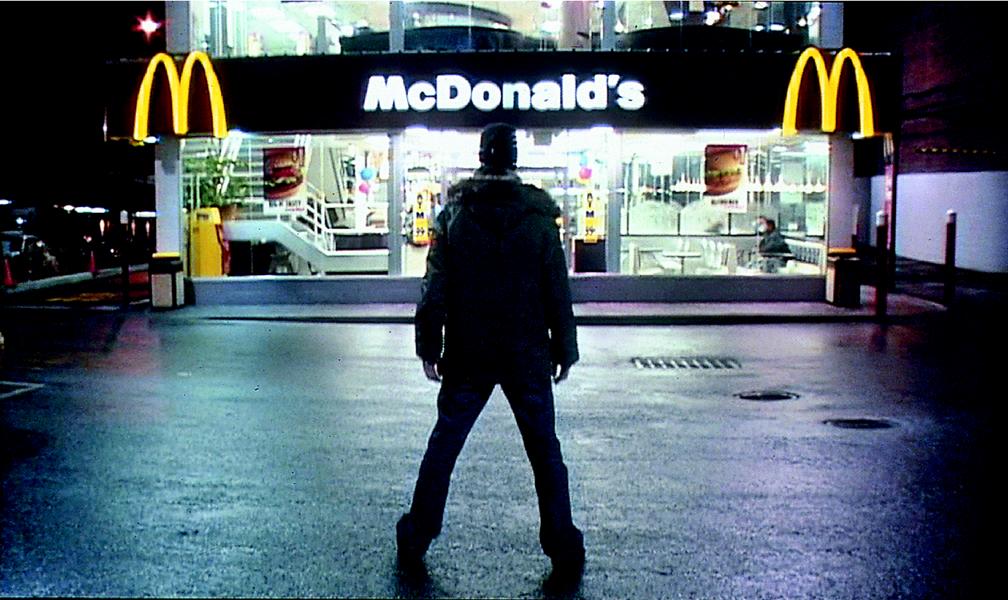In 2003, two plaintiffs sued McDonald’s Corporation for their failure to warn consumers of the dangers of its food. The case was dismissed, noting that if plaintiffs can prove McDonald’s is aware “that eating McDonalds’ products for every meal of every day is unreasonably dangerous,” then the plaintiffs should be able to make a claim.
Cue Morgan Spurlock, who decided to do just that: prove to both McDonalds and their consumers how unsafe a Big Mac could be. Thus, his first documentary, Super Size Me, was ordered.
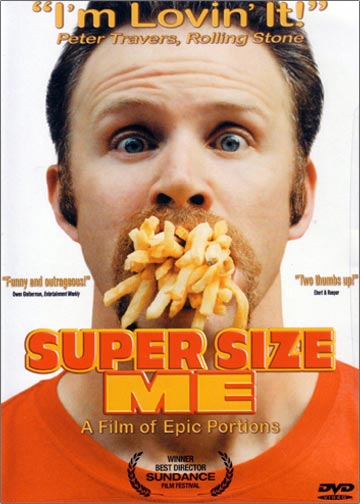
Spurlock ate McDonald’s as a meal 3 times a day for 30 days straight, all the while tracking his health progression with medical professionals. Before the experiment, doctors predicted slight declines in health but nothing too serious. Toward the end of the experiment, they strongly recommended that he end the test early before he had a heart attack.
At the completion of the experiment, every one of the medical professionals was shocked at the results. Spurlock had gained 24.5 pounds, raised his cholesterol level 60 points, nearly doubled his risk of coronary heart disease, turned his liver to fat, had become depressed, and even had suffered from impotency, according to his girlfriend.
With the grueling experiment, Spurlock had permanently damaged his health, yet his expose on McDonald’s had immediate consequences.
Six weeks after Super Size Me premiered at Sundance, McDonald’s began eliminating super size from their menus. Spurlock’s plea in the documentary to eliminate the super size option proved to be successful, yet according to McDonald’s, the removal was due to “menu simplification.”
Two and a half months later, McDonald’s introduced the ‘Go Active! Meal’ which included a bottle of water, a salad, a pedometer, and an exercise booklet. Sadly, the ‘Go Active! Meal’ lasted less than a month. No one wanted to buy it.
In addition to his experiment, Spurlock looked into forces that drive people to make bad food choices. He went into school cafeterias and filmed what kids were eating for lunch. Spoiler alert: it was french fries, candy, and soda. By watching interviews with the kids about their food, audiences saw first hand how confused the kids were about nutrition. Even worse, they saw how the cafeteria staff turns a conveniently-blind eye to what the kids are actually eating.
By filming inside these cafeterias and hearing what the kids thought about nutrition, Spurlock made the issue tangible to many people who otherwise had no idea how fat the rabbit hole had become. More parents became concerned with what their local schools were serving, and today there are many committees constantly fighting for better school nutrition.
So what really makes Super Size Me worth writing about?
It was an atom bomb of information appealing directly to the culture it was most trying to help.
Super Size Me was catchy. It begged to be talked about. Only eating McDonald’s for thirty days? It was an influential expose spun into an MTV-like reality show that caught the short attention span of Gen Y’s. A lot of us watched it, and a lot of us gained a new level of nutritional awareness from it. Now a decade later, we can look at what has happened since.
Think back ten years ago. What were you eating? What was your idea of nutrition? If you lived in a major city, you probably witnessed the rise of organic food, both in markets and in restaurants. Some of the hottest trends have been based around different variations of nutrition, like being gluten free, going paleo, and boycotting GMO’s. More and more people have started to care about what they eat, and the food industry is reflecting these new needs.
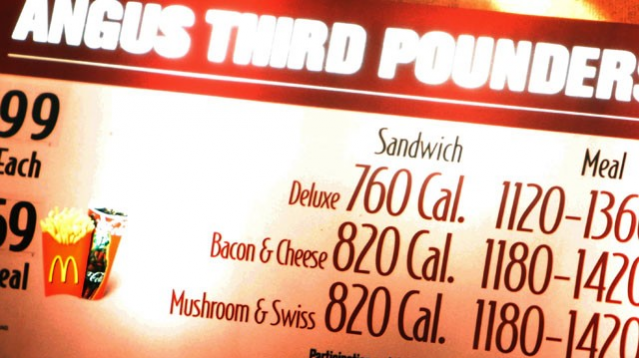
The FDA passed a law requiring any restaurant chain with over twenty locations to post the calorie count of each food item on menus and menu boards. Now people can’t turn a blind eye to what they are eating.
McDonald’s has switched from 2% milk to 1% milk, added new premium salads, reduced the size of their french fries, added apple slices to every happy meal, and has begun sponsoring active lifestyle events like sports. They even featured ads where kids talked about healthy food options at their favorite fast food spot. Whether or not McDonald’s is actually much healthier is up for debate, but they are definitely responding to the change in food culture, because, well, they have to.
This month, McDonald’s has reported its biggest decline in global same-store sales since 2003.
With a solid knowledge base established, nutritional awareness is here to stay. Super Size Me was a key force in reaching the masses who had not given much thought to their food beforehand. Above all, Morgan Spurlock and his team proved that, with a little creative magic, you can change one of the biggest corporations in the world.



